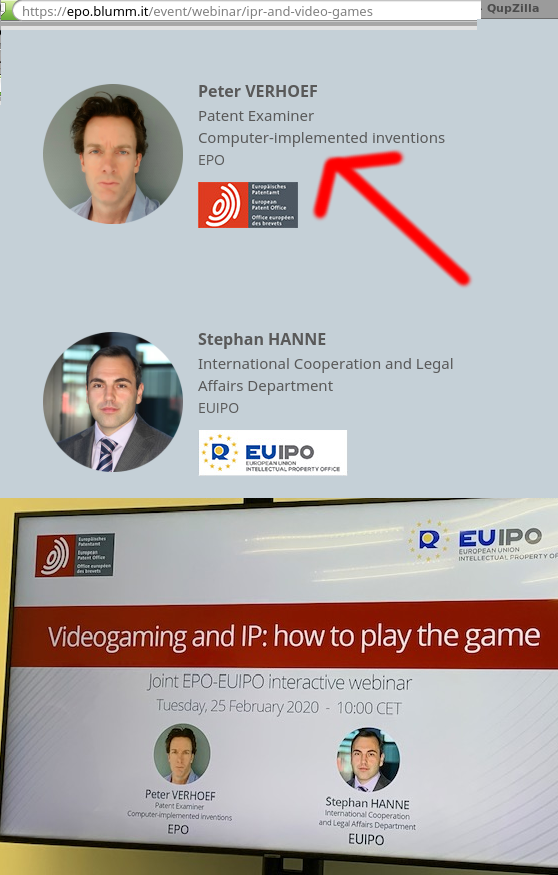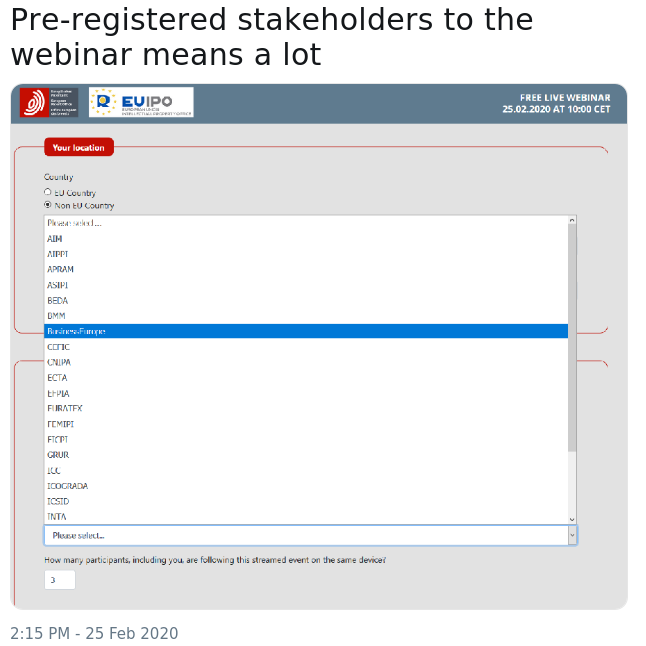


WHILE there are definitely software patents in Europe, courts continue to reject these and the European Patent Office (EPO) won't be able to change that. The UPC is dead -- a subject we shall cover separately later today, revisiting the latest blows. The wannabe UPC chief is probably consuming a lot of wine this weekend. His career is over. At least he managed not to be arrested like his protégé who lacked connections at the top.
PaRR's EU antitrust reporter Khushita Vasant received information from two sources according to which a third round of mediation talks--after the first two, held in January and February, failed--might take place between Nokia and Daimler as well as many (though not all) of its suppliers of telematics control units (TCUs). Knowing how these things work, I guess the situation is now simply one in which the European Commission remains hesitant, for purely political reasons, to take action, and is playing for time, as is Nokia, whose patent portfolio is going down the tubes with every month that passes.
Commissioner Margrethe Vestager is even way tougher than her famous predecessor in office "Steelie Neelie" was when it comes to enforcement against U.S. companies, but (so far, so bad) soft as a jellyfish on Nokia. She and Nokia might just hope that the patent infringement ruling scheduled by the Munich I Regional Court for April 9, 2020 would scare Daimler into a settlement. It's hardly a coincidence that the rumored new round of mediation talks has the same target date...
Regardless of that latest disgraceful development, I was taking a closer look at Nokia's ten patents-in-suit against Daimler from the perspective of whether there is a scintilla of doubt about Nokia acting abusively by refusing to license Daimler's TCU suppliers. There is not.
As Daimler's lead counsel in the German infringement cases accurately noted last fall, cellular standard-essential patents (SEPs) cover techniques that are essentially embodied in the baseband chip. From a car maker's vantage point at the bottom of the supply chain, that's a tier 3 product, which gets incorporated into a (tier 2) network access device (NAD; one might also call this a connectivity module, which in turn resides in a TCU (tier 1). In other words, TCUs already contain a whole lot more hardware than is actually needed to exhaust the patentee's rights by licensing the upstream.
[...]
The software that controls data transfers over a cellular model resides in a baseband chip. That's the mastermind of the whole operation. It determines what is sent out via the antenna, and it interprets what is received.
All ten of Nokia's patents-in-suit against Daimler could also be called "protocol patents": they describe how two ends of a wireless connection communicate--what A has to tell B to cause B to do something, or vice versa. It's like I say "hello, how are you?" and you respond "fine, how are you?"
That kind of communication is, of course, implemented in software (it already has been for a very long time).
AKHAN Semiconductor, a technology company specializing in the fabrication and application of lab-grown, electronic-grade diamonds, announced today that it has been issued a patent by the European Patent Office (EPO). The patent covers AKHAN’s next-generation N-type diamond semiconductor system and diamond-based multilayer antireflective coating systems, key components in military & aerospace sensor and detector applications, amongst other use cases.